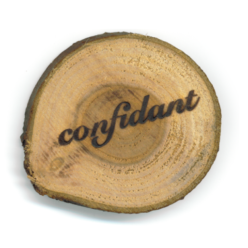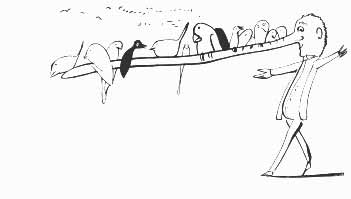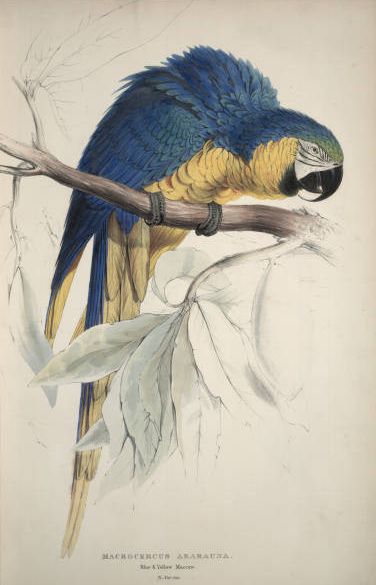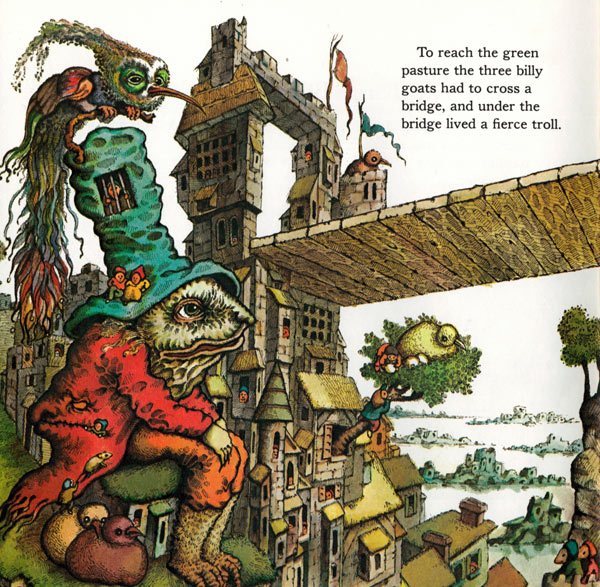Well it’s been a few weeks since I started my limerick e-book project. I have the beginnings of the programming in place, and I have one illustration complete.
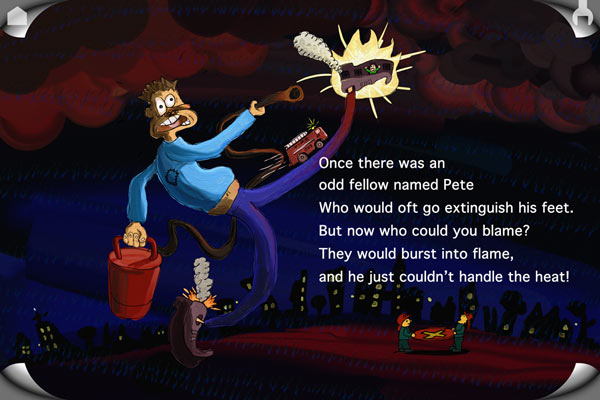
Since we had our first child I have been reading a lot of children’s books and dreaming of what life would be like as an illustrator. Part of what I struggle with is what kind of style I should develop. The most successful illustrators, in my opinion, are those who develop a style which can be easily identified as their own. I have admired this quality in Kady MacDonald Denton, Michael Martchenko, Arnold Lobel, Dr. Seuss, Pol Turgeon, Bill Peet, Norman Rockwell, and Richard Scarry to name a few.
What Medium?
Part of developing an illustrative style is in the choice of media. Do I want to be known as a guy who always uses woodcuts and glitter glue? If I go too far down any one path, I risk becoming bored with the style or limiting the type of illustrations which I am capable of. Yet some illustrators do very well in a single medium. Think of Eric Carle—you’d never know it was him if he abandoned his painted tissue paper collages and started using 3D Studio. Richard Scarry, on the other hand, renders his bug-eyed characters in a variety of media and is still readily identifiable. I enjoy having variety, so my style for the time being will not be limited to a particular medium.
Consider the Technical Side
My example above started as a pencil drawing in my sketchbook which I then scanned and brought into ArtRage, where I primarily used the oil paints to bring it to life. This was foremost a technical decision. Although I prefer the rich quality of real media, I wanted to allow for a colouring mode in my e-book. Doing the illustrations digitally enables me to manipulate the different objects in the illustration much more easily.
I am working at a resolution of 3600 by 2400 pixels. This is way overkill for delivery on an iPad, but if a print publishing company wants to do a book with me I will be better prepared for that.
My first illustration, unfortunately, took me way too many hours—between 7 and 9 by my records. I hope to issue a “light” version of my limerick app with about 20 illustrations & poems, and then offer a paid version with about 50 different ones. I will need to cut my illustration time substantially if I hope to release this app before the second coming. This may make it necessary to modify my style a bit, which is too bad because I really love illustrations where the attention to intricate detail is obvious.
Character
The next consideration in illustrative style is just plain character. One thing I admired in Edward Lear’s illustrations is that he matched his style to the content. Check out the samples below. Based on the cartoon, who would have guessed that he could render wildlife in such exquisite detail?
My limericks are intended to be bizarre and humorous, so I intend to make illustrations with similar qualities, saving my more realistic efforts for more boring subject matter. I’ll be looking to Lear and Dr. Seuss as my mentors.
Spice
The other thing I consider important in illustrative style is what I call “spice”. This means adding things to the imagery which go beyond what the words on the page are saying and begin to tell a story of their own. To understand this, consider any “Little Critter” book by Mercer Mayer. While the main story happens, he always has the protagonist’s little frog and mouse friends carrying on some interesting activity. The result is that the reader enjoys the page long after the words have been read.
This book below, illustrated by John O’Brien, has similar qualities. While you read stories such as the Billy Goats Gruff you can also spend a long time appreciating the lives of countless surreal creatures that run around at the feet of the main characters.
That’s what I was thinking about as I put in the miniature fire engine and fire fighters in my illustration. This takes the book way beyond what mere words can accomplish.
What now?
I’ll be very surprised if I ever abandon my graphic design and interactive development career and start with illustration full time. However, this e-book thing is a neat opportunity to try something new, and I can’t afford to hire a pro illustrator to make it happen.
I intend to plug away at the programming as often as I can and finish that first. I will leave the illustrations for the times when I need a change of pace, finishing them once there aren’t so many technical hurdles.
